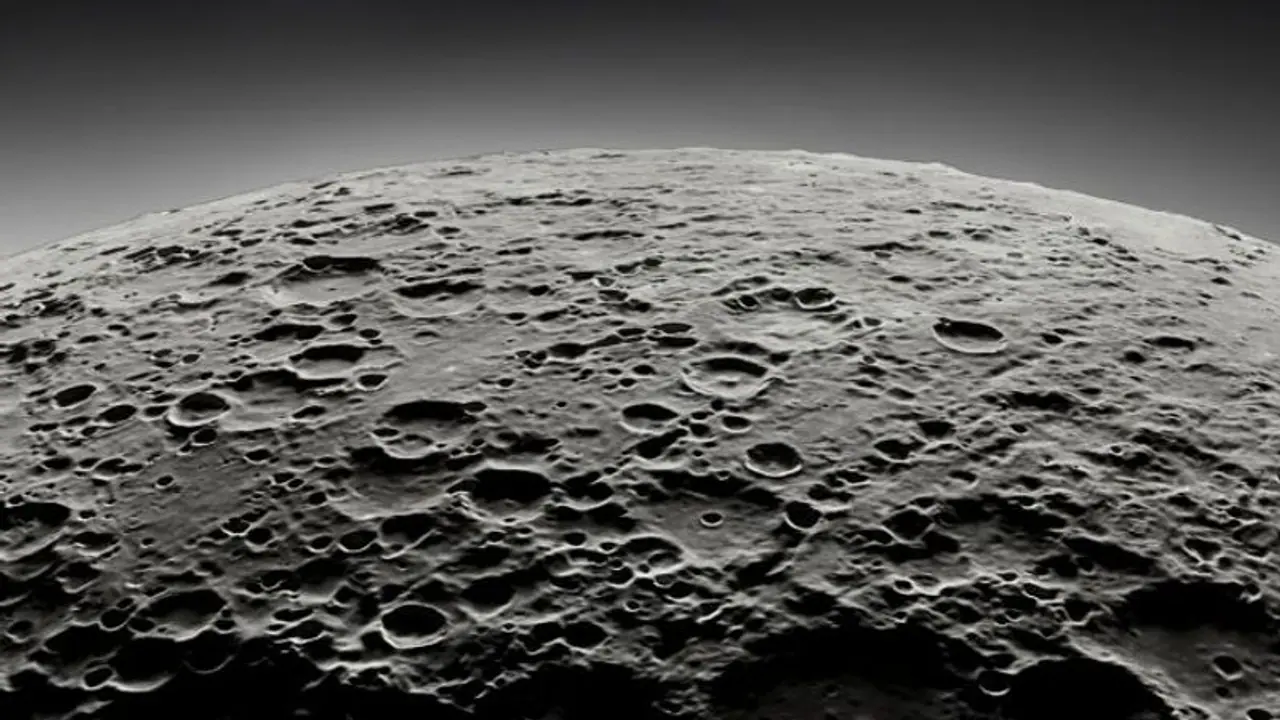The geological formations, rock structures, and impact craters in this region offer priceless insights into the Moon's origins, evolutionary processes, and geological transformations spanning aeons. This unique region holds immense potential for the establishment of lunar habitats
With the triumphant touchdown of ISRO's Chandrayaan-3 Lander Module, India has achieved a historic feat by reaching the Moon, solidifying its position as the first nation to land near the Moon's southern pole. This accomplishment carries profound significance, not only for India but for the global community as well.

The Moon's southern pole stands apart with its vast areas of perpetual shadow and harsh cold, presenting a tantalizing potential for substantial deposits of water ice. Over billions of years, these ice reservoirs have formed due to the extreme cold and minimal exposure to sunlight.
Their significance cannot be overstated, as they promise a wealth of resources for future human missions, encompassing essentials like drinking water, fuel generation, and life support systems. This unique region holds immense potential for the establishment of lunar habitats, a pivotal step in humanity's exploration of the Moon.
The scarcity of sunlight in the lunar south pole has effectively preserved the lunar surface, safeguarding its historical records. The geological formations, rock structures, and impact craters found in this region offer priceless insights into the Moon's origins, evolutionary processes, and geological transformations spanning eons. The study of these features promises to unlock a wealth of knowledge about the Moon's development throughout its extensive history.
The strategic proximity of water ice reserves near the Moon's southern pole presents a compelling opportunity for the establishment of lunar bases. The extraction and refinement of these water resources become imperative for sustaining prolonged missions and upholding a human presence on the Moon.
Additionally, the constant shadowed regions in this locale provide a stable environment for constructing habitats capable of withstanding extreme lunar conditions.
Polar craters at the Moon's southern pole have functioned as cosmic repositories, capturing materials from the early stages of the Solar System, including comets and asteroids.
Consequently, this region emerges as a treasure trove for investigating these celestial bodies, offering profound insights into their origins and compositions. The study of these materials enhances our comprehension of the broader mechanisms that shaped the formation and evolution of the Solar System.
Furthermore, the Moon's southern pole offers exceptional opportunities for unobstructed astronomical observations. With minimal interference from Earth's atmosphere and light pollution, this location becomes an ideal vantage point for conducting comprehensive explorations of space.
Astronomers can delve into the study of distant galaxies, cosmic background radiation, and transient celestial events, enriching our understanding of the universe beyond our terrestrial confines.
Chandrayaan-3's remarkable success paves the way for further collaborations with esteemed space organizations like NASA and the European Space Agency (ESA) in the near future, fostering international cooperation in the pursuit of scientific discovery and lunar exploration.
